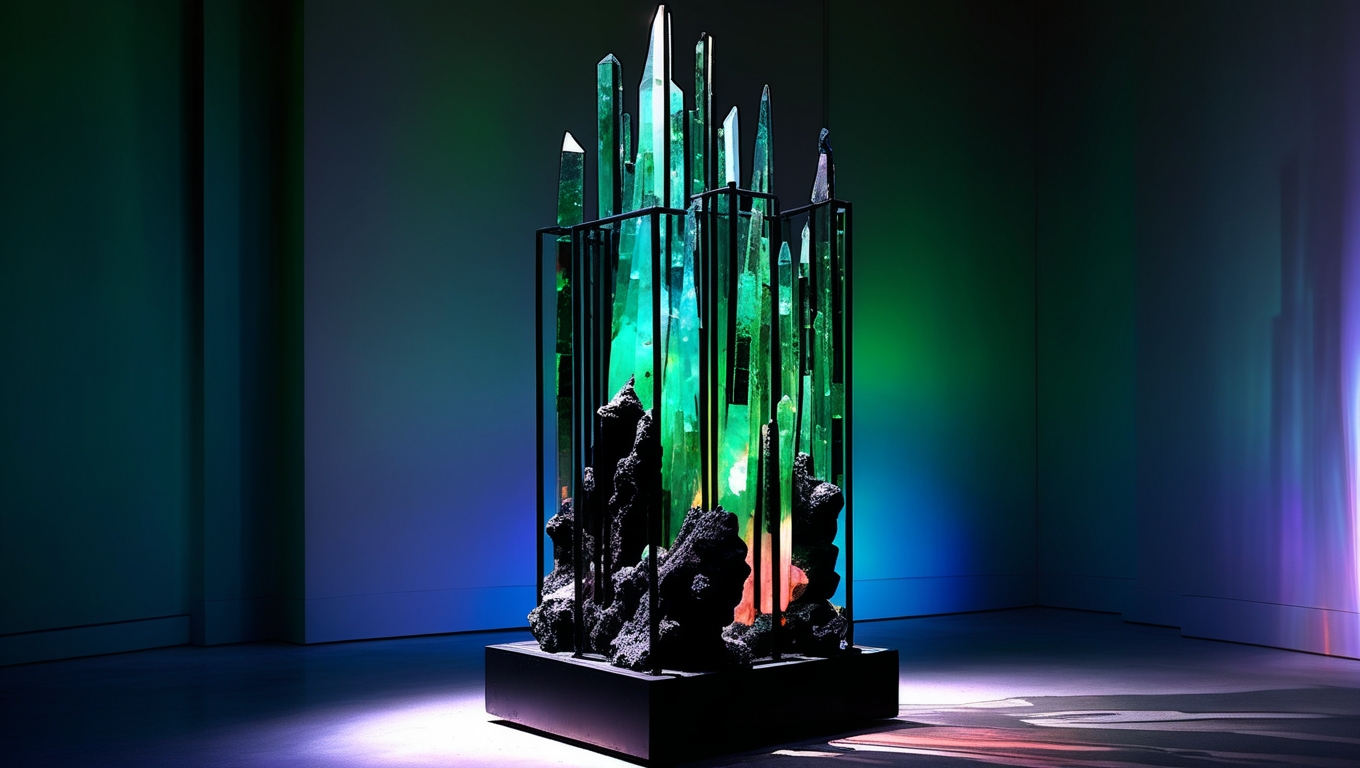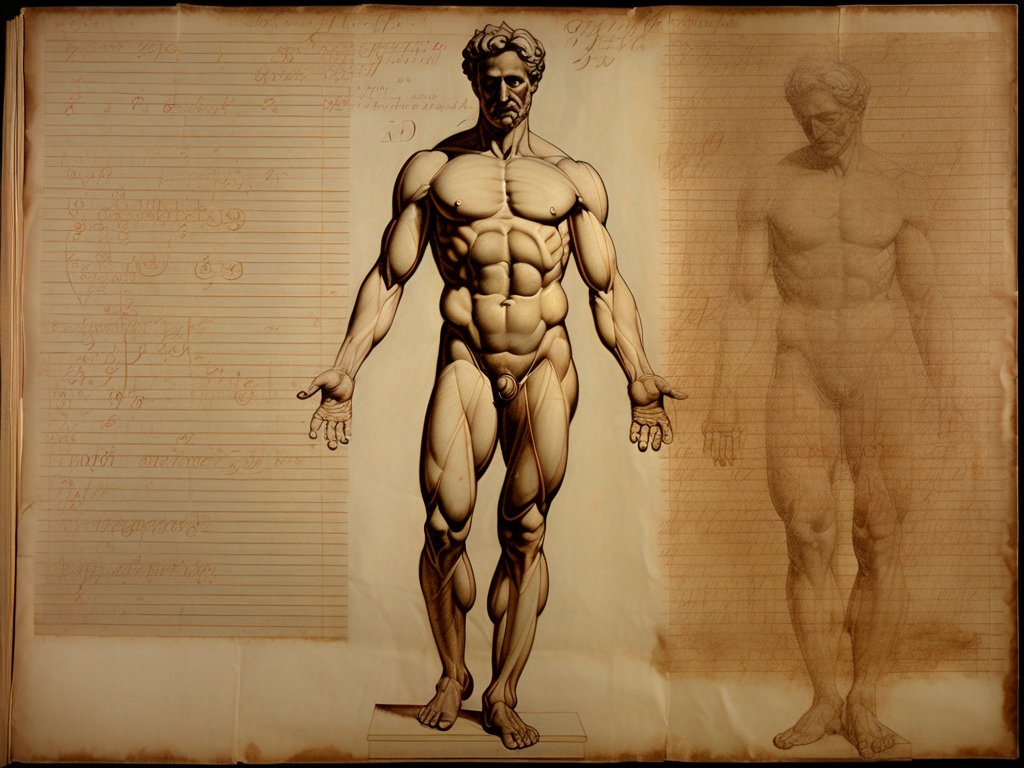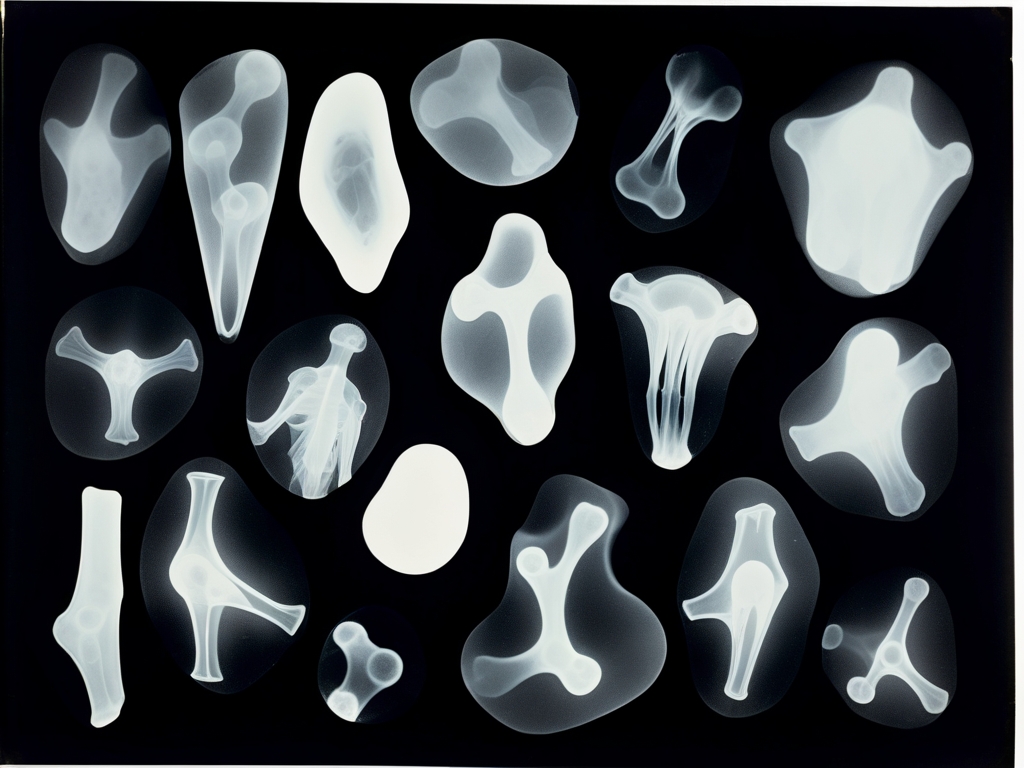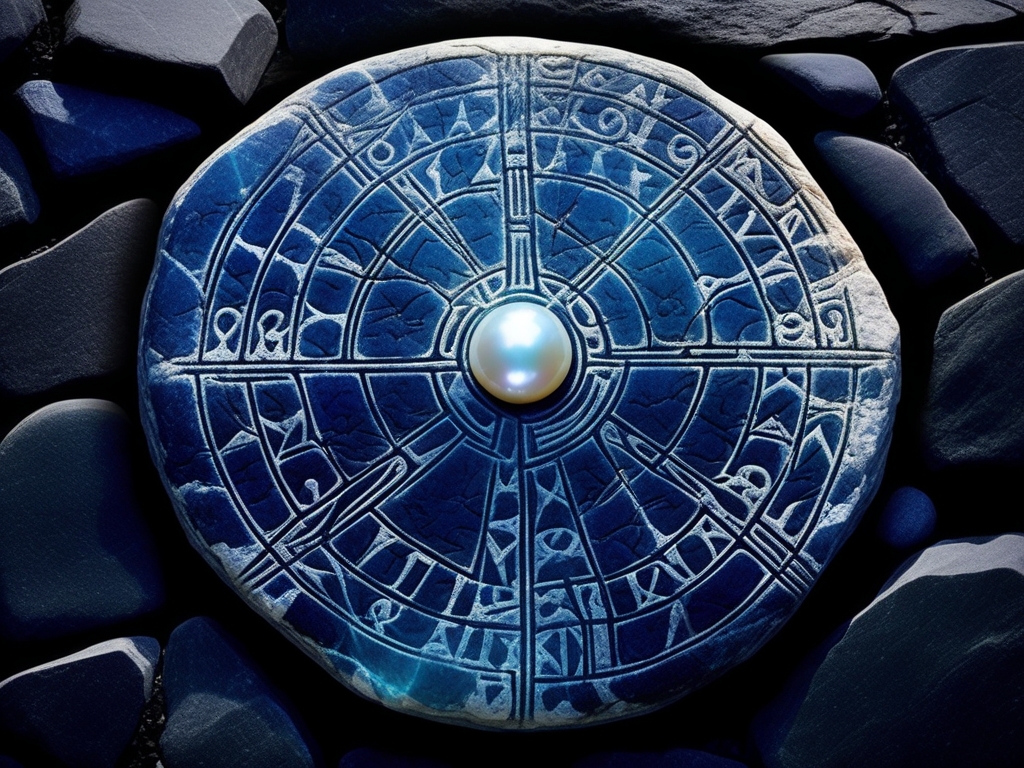The Paradox Engine

Within the shadowed northeastern wing of the Ravensfield Collection resides an enigmatic incarnation known simply as the Convergence Apparatus. Nestled within a dim alcove, it emerges like a fleeting vision from a half-forgotten dreamscape—ethereal prisms ascending amidst darkness, beckoning visitors with an unnameable, magnetic pull rooted deep within its crystalline heart.
The installation comprises slender towers of crystal, rising austerely through a stark black metal framework fixed upon an austere rectangular plinth. Unlike oxidized copper or volcanic glass commonly found in such works, here rough, porous volcanic rock—reminiscent of ancient lava flows—clusters protectively about each prism’s base. These crystalline spires shimmer and refract in shifting hues of green and teal, their glow subtle yet alive within the gloom. Embedded materials tell whispered tales: remnants salvaged from industrial ruins, fragments of meteorites fallen to Earth from distant stars, and fossilized coral relics from reefs long lost to extinction.
The Apparatus came into being in 1987 when Hieronymus Voss, an environmental artist known for courting mysteries unseen by ordinary eyes, accepted a peculiar commission from the Keepers of the Threshold—a clandestine circle rooted deep within the Cascade Mountains. Their enigmatic leader was Caelius Morgrim, a priest steeped in secrets and sacred geometries said to mend shattered ecosystems through cosmic harmony. Though skeptical at first, Voss was drawn into this ritualistic partnership to fashion what Morgrim called “a vessel for cosmic reconciliation.”
Its creation demanded esoteric precision: celestial alignments timed by lunar phases; materials gathered beneath veiled skies; consecrations uttered in archaic tongues unknown even to Voss. Throughout construction Morgrim intoned paradoxes vital not to dissolve but preserve—the very tensions that sustain reality’s fragile weave.
As completion neared, uncanny occurrences rippled through Voss's studio: electromagnetic instruments danced wildly; plants wilted then blossomed forth simultaneously; visitors reported disorienting distortions of time itself—entering midday only to emerge at dusk. Morgrim proclaimed these phenomena auspicious signs that the Apparatus had attuned itself to primordial forces beyond mortal grasp.
The inaugural activation during autumn’s equinox unfolded as ceremony turned sorcery—a piercing nexus formed where refracted light fractured dimensional veils. Witnesses glimpsed sprawling cosmic tapestries: stellar nurseries birthing new worlds; galaxies suffused with dying light; whispers heralding universes yet unborn.
"It whispers the mathematics of impossible things." Dr. Evangeline Cross, Xenoarchaeologist
In that transcendent moment Morgrim’s intent crystallized—the paradox elevated rather than solved—a gateway forged between realms eternal and ephemeral alike. The priest transcended fleshly bounds; his essence dispersed into crystalline matrices forever balancing genesis against decay.
Dr. Constance Blackthorne—Ravensfield’s Head of Speculative Acquisitions—secured this beguiling relic shortly after Voss vanished three months post-equinox without trace. The Keepers dissolved into obscurity save cryptic manuscripts and this shimmering enigma which still hums softly beneath shifting colored lights like heartbeat echoing from another dimension.
Today those who encounter the Convergence Apparatus often experience profound shifts—a stirring termed “ancestral resonance,” awakening awareness of humanity’s entwined cosmic legacy encased within those radiant spires ringed by volcanic stone guardians locked inside their austere metal frame. Many depart transformed—haunted by sacred contradictions at existence’s core that both bind us endlessly and set us free.




